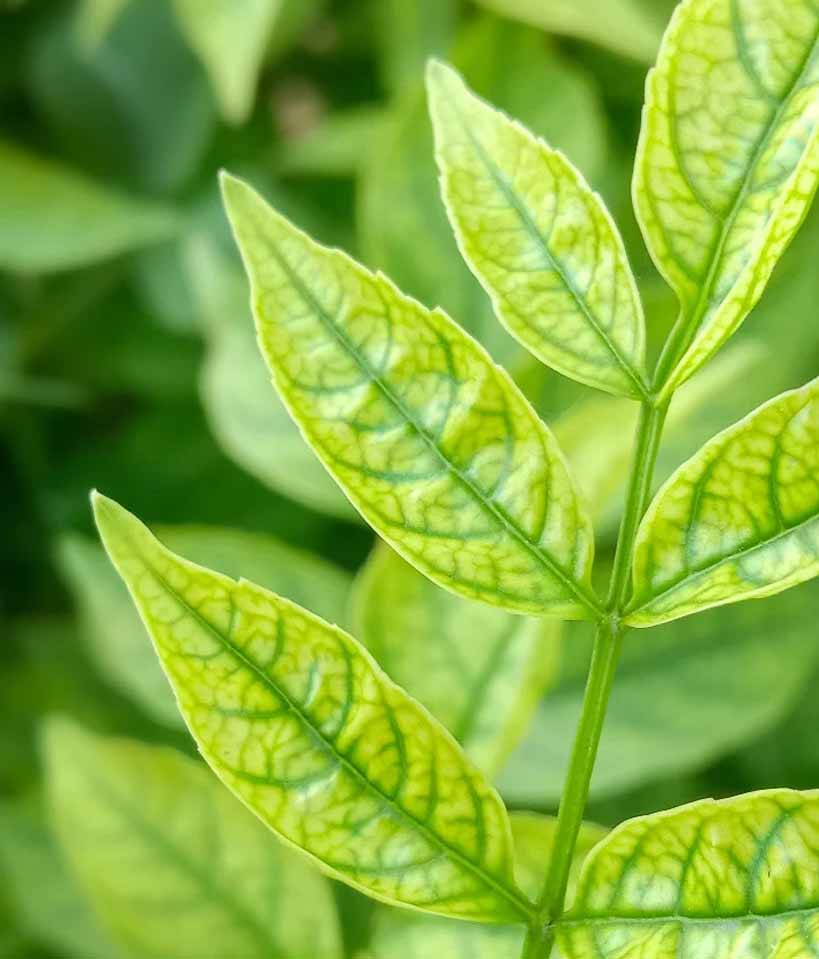Green tea is often sought out because of its high levels of chlorophyll, polyphenols, and antioxidants. The health benefits of green tea certainly call for including a cup or two in your daily habits, and the many unique flavors of different green teas will be the reason you actually want to drink that cup of green tea each day!
As with all true teas, green tea is from the camellia sinensis plant. How and where that plant is grown, and what happens to the leaves after picking determines the type of green tea in your cup of tea.
Let’s start with the beginning of the process.
The Where.
Where tea is grown probably affects how tea will taste the most.
Chinese, Japanese, and Indian teas all have their own flavor. Just as the terroir of wine sets the expectation for a certain flavor, so does the terroir of tea. The most well-known example of this is Darjeeling tea. Grown only in the mountains in the Darjeeling region of India, it is famous for its distinctly sweet and spicy muscatel notes. As you taste and experience teas from around the world, specific flavors will become apparent.
After the Where, comes the How.
How is green tea grown?
The growing conditions for green tea can be defined in two ways: sun or shade-grown. Sun-grown tea is simply tea plants grown in the open sun. Just as most of the plants you place in your vegetable garden.
Most teas are sun-grown. But long ago, tea farmers discovered that tea grown in shady conditions tended to be greener and sweeter. Unfortunately, those same tea plants were also stunted in growth, so a method of shading sun-grown plants was created.
Shaded green tea plants are grown in the sun year-round with a period of time ranging from 1-9 weeks that they are shaded by tarps or straw. Most shade-grown teas are found in Japan, but smaller producers elsewhere are experimenting with this method, and we expect shade-grown teas to expand beyond the traditional matcha, gyokuro, and sencha teas. It turns out shade-grown teas have much higher levels of caffeine than sun-grown teas. Hence the extremely high levels of caffeine found in matcha teas.
Next, Consider the When.
When is tea picked?
Tea has four to five flushes-or harvests-a year. Teas picked from the same plant at different times produce different flavors. For green teas, the first and second flush- or spring and early summer harvests- are generally considered the best flushes for flavor.
What happens after harvest?
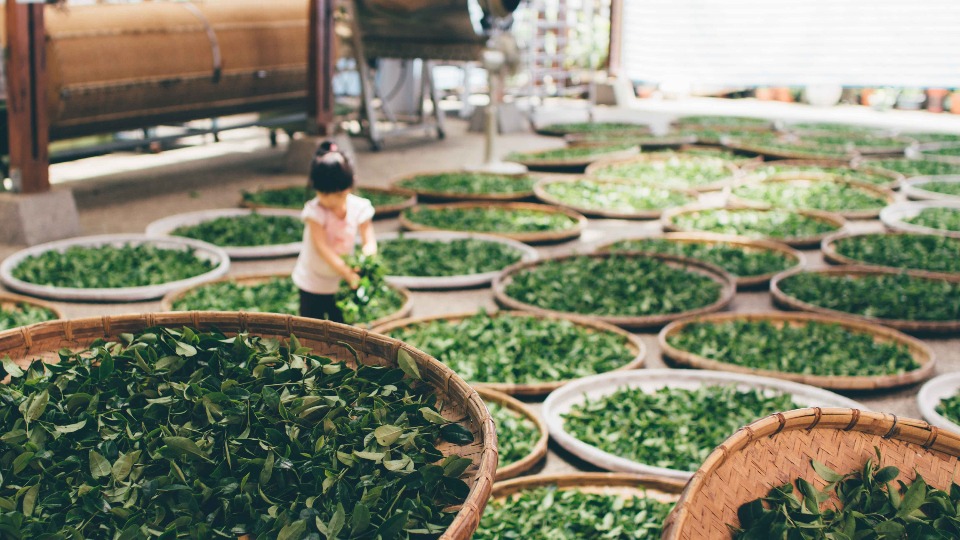
Green teas are unoxidized teas. After the leaves are plucked from the camellia sinensis plant, they are withered.
We know–those two sentences have a lot of fancy tea terms! Let’s translate the process into plain English:
- Plucked = picked
- Withered = dried
- Oxidized = browning of a leaf as it reacts to the oxygen in the air.
Green teas are withered for a short period of time, but not long enough to start turning brown. This short withering time is what gives a cup of green tea a high concentration of chlorophyll and antioxidants that give it a reputation as a health drink.
So how does one stop the oxidation process?
By applying heat.
How that happens is often tied to the traditions of where the tea is produced. In India and Japan, teas are usually steamed. While in China, most green teas are wok dried and even sometimes roasted.
And within these methods come specific “tea secrets”. How long to steam and at what temperatures or how long to pan-fry before a quick roast or what temperature to roast for a low long roast have standards in the tea industry, but each tea producer of course holds their methods close to the heart! If this interests you, you may want to read our sencha article which discusses steaming times and temperatures more in-depth.
Now that you know where and how green tea is produced, it’s time to pick your tea!
Our favorite green teas are varied, but all have the green tea flavor you’d expect but with their very own notes.
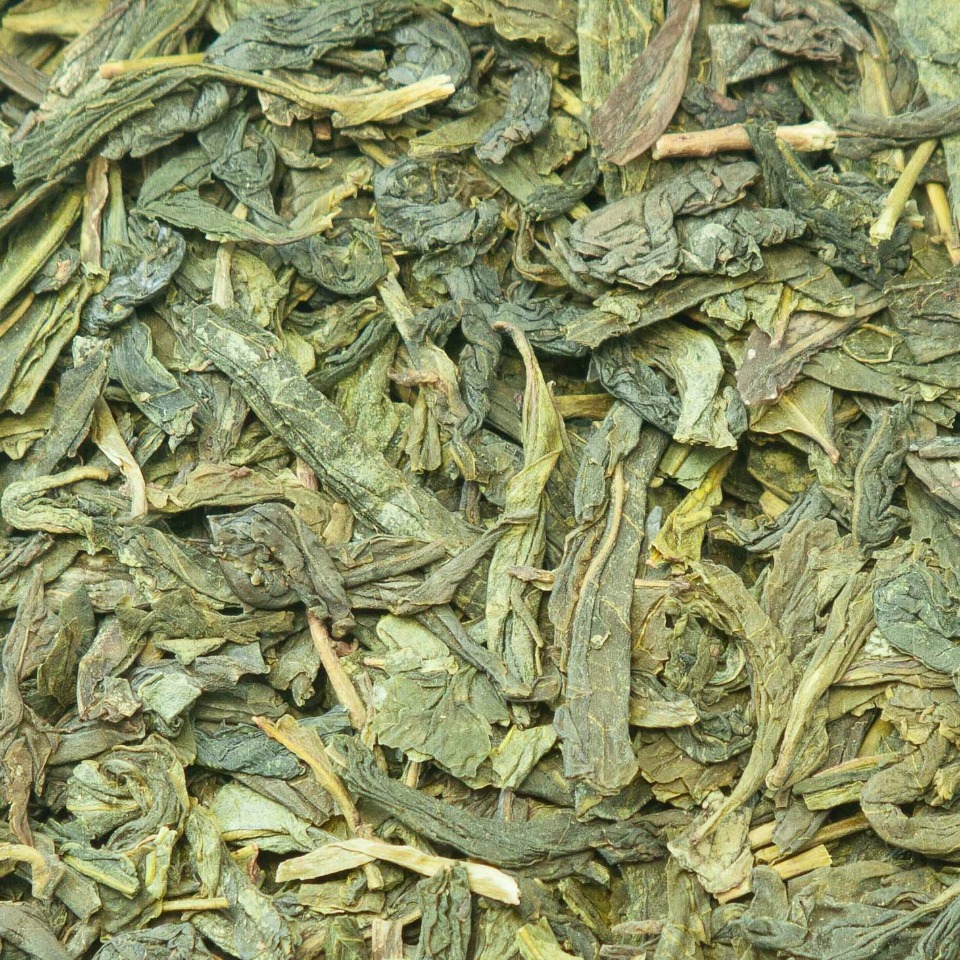
Dragonwell is a classic Chinese wok-dried green tea. This pan-firing process produces a refreshing green tea with nuances of roasted chestnut. We love this tea as an afternoon pick-me when our feet are dragging!
Green Darjeeling

When most hear Darjeeling, they think of the classic black Darjeeling Tea and while that classic is an excellent tea, its green form is also a delicious tea. We believe the Darjeelings distinct mustal flavor is even more pronounced in the green tea.
Kabusecha
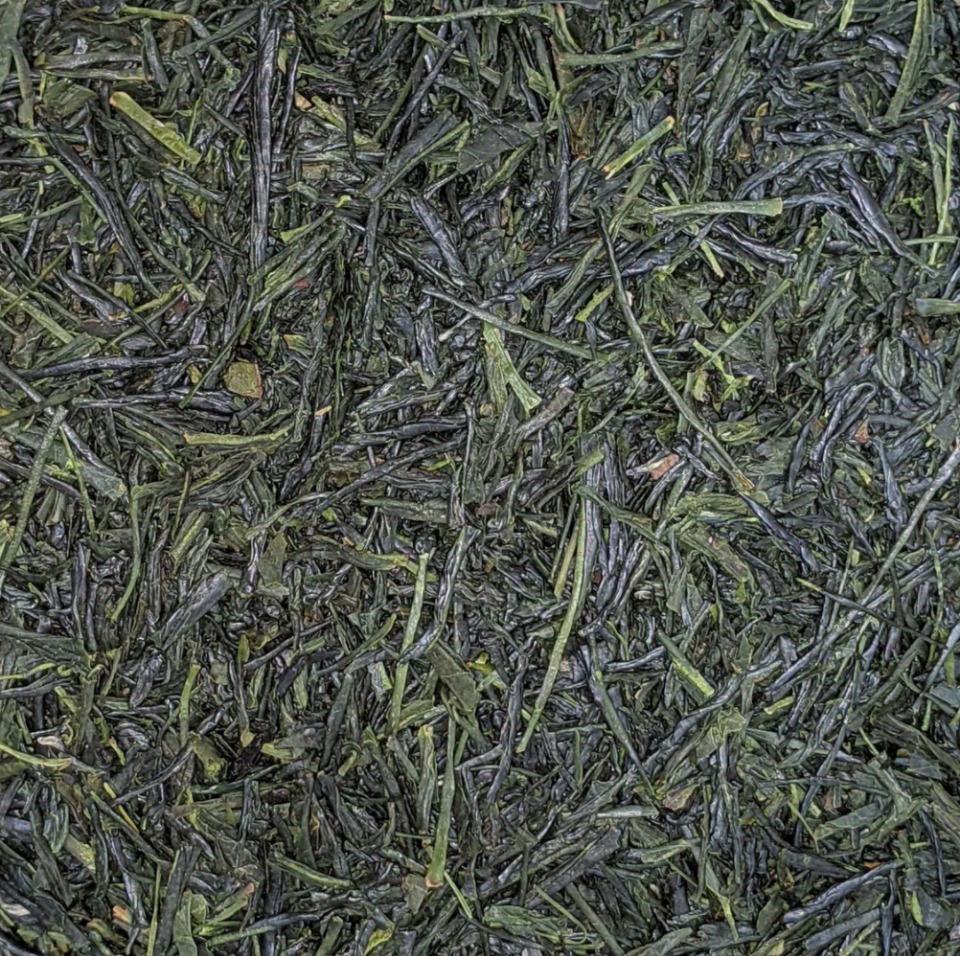
In Japan, Kabusecha simply means shaded tea. Kabusecha is indeed a shaded tea, although its shading time of 1 week is much shorter than most shaded teas. We love this tea for its mild refreshing flavor with notes of sweetness and umami.
Kukicha
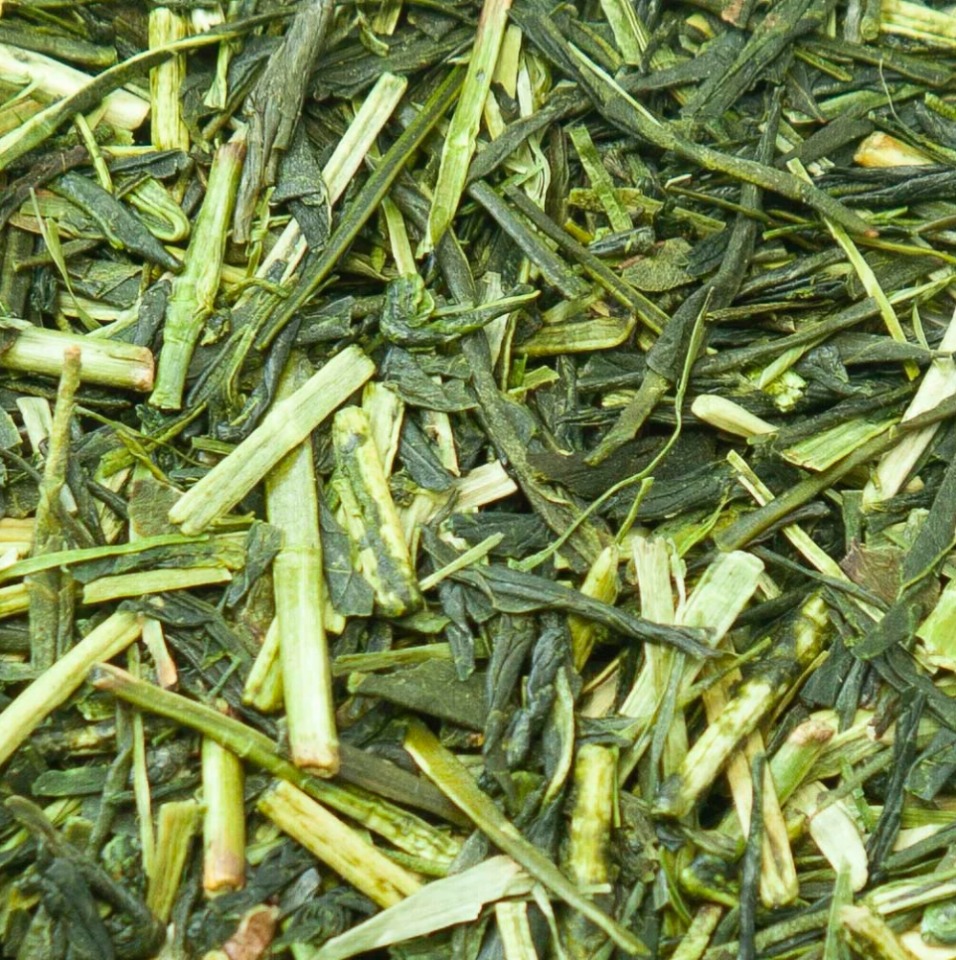
Often referred to as twig tea, Kukicha contains not only tea leaves but also tea stems. This steamed tea has a fresh taste with notes of kiwi or cucumber. Extremely mild and low in caffeine, this tea is an excellent choice for children just starting to explore green teas.
Matcha

Matcha is a green tea that many have only experienced in a latte from their favorite coffee shop. While there is nothing wrong with a matcha latte, we encourage you to try matcha in its pure form at least once. Its buttery pure green tea essence is one we think you’ll appreciate. Do keep in mind that as you drink matcha, you are ingesting the entire tea leave and therefore are consuming a large amount of caffeine–as well as antioxidants!
Whether you are new to green tea or looking to expand your tea repertoire, we invite you to explore our green tea selection!
